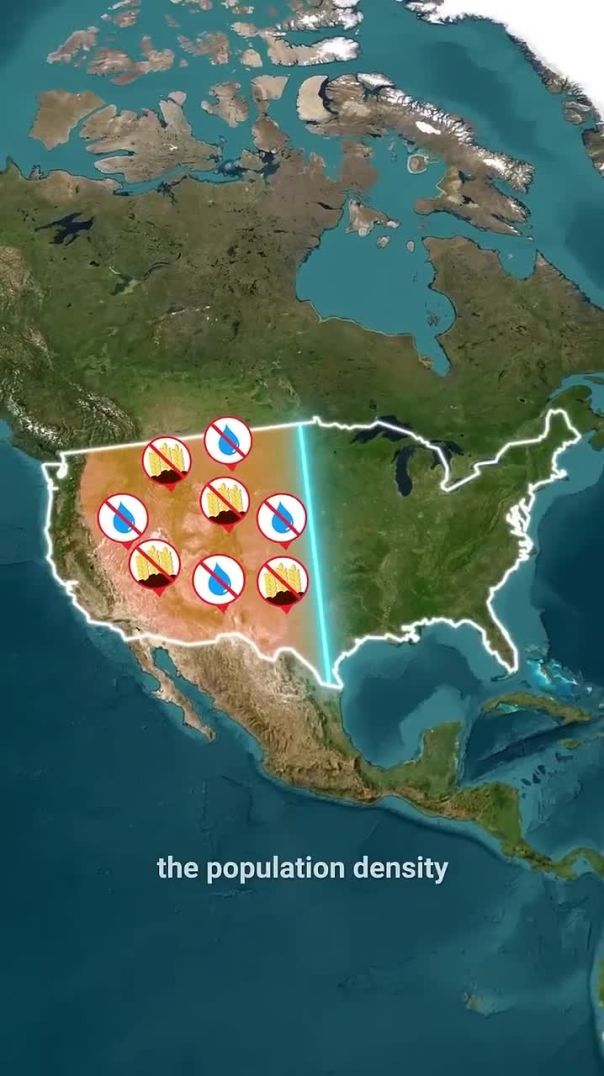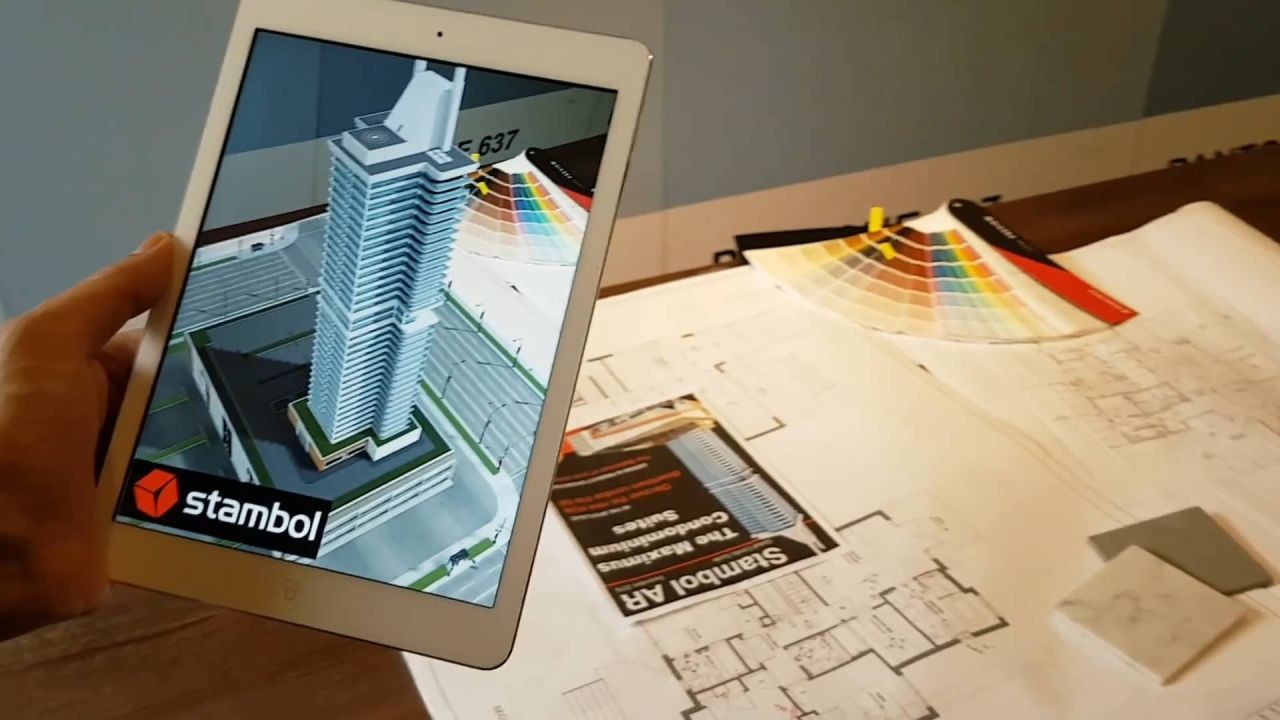In an era where technology is seamlessly interwoven into daily life, the metaverse is emerging as a significant disruptor, particularly in the realm of online learning. As Australians increasingly embrace digital transformation, understanding the impact of the metaverse on education is critical. This new digital frontier promises to revolutionize how Australians acquire knowledge, offering immersive, interactive, and accessible educational experiences. But what does this mean for the future of learning in Australia, and how can educational institutions and businesses adapt to these changes?
The Metaverse: An Australian Context
The metaverse, a virtual universe where users can interact within a computer-generated environment, is not just a futuristic concept; it's becoming an integral part of how we interact with digital content. In Australia, the adoption of this technology is gaining momentum. According to a report by the Australian Bureau of Statistics (ABS), digital technology's contribution to the Australian economy is projected to grow to AUD 139 billion by 2030. This growth is fueled by advancements in virtual reality (VR) and augmented reality (AR), essential components of the metaverse.
Driving Innovation in Education
The metaverse offers a transformative approach to education by providing interactive and immersive learning experiences. For instance, imagine a history lesson where students can virtually walk through ancient Rome or a science class where they can explore the human body at a molecular level. These experiences are not only engaging but also enhance understanding and retention of knowledge.
Moreover, the metaverse can democratize education by providing access to world-class resources regardless of geographical location. In a country as vast as Australia, this can significantly bridge educational disparities between urban and rural areas. The Australian government has recognized this potential, with initiatives like the Digital Education Revolution aiming to integrate technology into learning processes.
Pros and Cons of Metaverse in Education
Pros:
- Enhanced Engagement: The interactive nature of the metaverse can significantly increase student engagement and motivation.
- Personalized Learning: Tailored educational experiences can cater to individual learning styles and paces.
- Access to Global Resources: Students in remote areas can access educational content and experiences previously unavailable to them.
- Skill Development: Students can develop digital literacy and other crucial skills for the modern workforce.
Cons:
- High Costs: Implementing metaverse technology in educational institutions requires significant investment in infrastructure and training.
- Privacy Concerns: Data security and privacy issues are heightened in immersive digital environments.
- Digital Divide: There is a risk of exacerbating the existing digital divide if access to necessary technology is not equitable.
- Potential for Distraction: The immersive nature of the metaverse may lead to distractions if not well managed.
Case Studies: Real-World Applications
Several institutions are leading the way in integrating the metaverse into education. For instance, Deakin University in Victoria has launched a virtual campus where students can attend lectures and interact with peers in a digital environment. This initiative has resulted in a 30% increase in student engagement and a 20% improvement in academic performance, illustrating the potential of the metaverse in enhancing educational outcomes.
Globally, Stanford University has also embraced this technology through its Virtual Human Interaction Lab, which explores how virtual environments can be used to study and teach social and behavioral sciences. This has led to significant advancements in how social interactions and behaviors are understood, providing valuable insights applicable to Australian educational frameworks.
Addressing Ethical Concerns and Limitations
While the potential benefits of the metaverse in education are significant, ethical concerns cannot be overlooked. Privacy and data security are paramount, as these virtual environments collect vast amounts of personal and interaction data. The Australian Competition & Consumer Commission (ACCC) emphasizes the need for robust regulatory frameworks to protect users' rights and data integrity.
Moreover, ensuring equitable access to technology is crucial to avoid widening the digital divide. As the Reserve Bank of Australia (RBA) highlights, investment in digital infrastructure is essential to ensure all Australians can benefit from technological advancements, particularly in education.
Future Trends and Predictions
Looking ahead, the metaverse is poised to become an integral part of Australian education. By 2025, it's expected that over 50% of Australian educational institutions will incorporate some form of virtual or augmented reality into their curricula, according to a report by Deloitte. This shift will require educators to adapt teaching methods and curricula to harness the full potential of immersive technologies.
Furthermore, as technology continues to evolve, the metaverse will likely expand beyond education into other sectors such as healthcare, retail, and entertainment, creating a robust ecosystem that redefines user experiences across industries.
Myths and Misconceptions
- Myth: The metaverse is just for gaming.
- Reality: The metaverse extends far beyond gaming, offering significant potential in education, healthcare, and business sectors.
- Myth: Only tech-savvy individuals can benefit from the metaverse.
- Reality: User-friendly interfaces and educational applications make the metaverse accessible to a broad audience, including those with limited tech skills.
- Myth: The metaverse will replace traditional education.
- Reality: The metaverse is designed to complement, not replace, traditional educational methods by providing enhanced learning experiences.
Conclusion and Call to Action
The integration of the metaverse into Australian education offers exciting opportunities for enhancing learning experiences and making education more accessible. However, it also presents challenges that need to be addressed through thoughtful planning and regulation. As educators, policymakers, and businesses navigate this new frontier, collaboration and innovation will be key to unlocking the full potential of the metaverse in revolutionizing education.
For those involved in education and technology, now is the time to explore how the metaverse can be leveraged to improve educational outcomes and ensure that the benefits are equitably distributed across Australia. Engage in discussions, pilot new programs, and stay informed about technological advancements to remain at the forefront of this transformative journey.
People Also Ask (FAQ)
- How does the metaverse impact education in Australia? The metaverse offers immersive and interactive learning experiences, increasing engagement and accessibility across Australia.
- What are the challenges of integrating the metaverse into education? Challenges include high costs, privacy concerns, and the risk of widening the digital divide.
- Who benefits the most from the metaverse in education? Students, educators, and institutions looking to enhance learning experiences and access global resources benefit the most.
Related Search Queries
- Metaverse education Australia
- Virtual reality in Australian schools
- Digital learning trends Australia
- Future of education in the metaverse
- Australian educational technology innovations






























